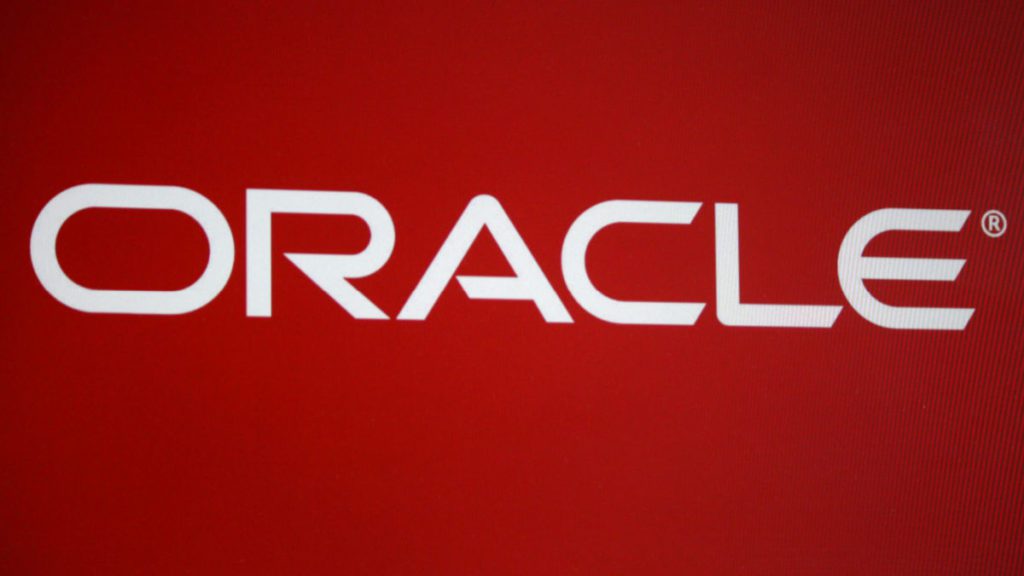
Does Oracle’s hypergrowth cloud-infrastructure business entitle it to become the Fourth Hyperscaler of the Cloud Revolution alongside much-larger competitors Amazon, Microsoft, and Google?
Or — since size clearly matters a great deal in this business — should Oracle continue to be regarded as an intriguing but kinda-quirky sideshow that simply doesn’t measure up to the other-worldly status of (wait for it) The Hyperscalers?
I come down very firmly on option #1: That Oracle’s ability to carve out — directly in the faces of three of the world’s biggest, wealthiest, and most-powerful corporations — a $4-billion cloud-infrastructure business growing at 52% gives Larry Ellison and company full rights and privileges to claim the mantle of The Fourth Hyperscaler.
Well, you might ask, does it really matter?
To which I’d say it most certainly does because for the past few years, “the hyperscalers” or “The Hyperscalers” or “THE HYPERSCALERS” have all come to mean some larger-than-life entity that was not only here before the Big Bang but no doubt funded it, managed it, and apportioned the workloads accordingly.
“The hyperscalers” are spoken of as a fixed entity, immutable, permanent, untouchable. While all that is kinda quaint in an old-fashioned 20th-century Newtonian way, one thing the digital revolution and the Cloud Wars have taught us is that nothing is immutable, nothing is permanent, and no club is forever closed to outsiders.
So, on what basis does an outsider like Oracle challenge that exclusivity? Here are a few reasons:
1. Oracle Cloud outperformed The Hyperscalers.
While hardly an existential threat to the original three hyperscalers, Oracle is, quarter after quarter, landing some big-name customers that undoubtedly looked long and hard at Microsoft Azure and Amazon’s AWS and Google Cloud before picking…Oracle.
Why would those customers do that? Why go with the “outsider”? I think there’s only one reason: Oracle Cloud Infrastructure proved it can deliver significantly more business value for those customers not only today but well into their digital futures. This page on the Oracle website offers many stories about cloud-infrastructure customers, and one thing that jumped out is the wide range of industries represented, showing the broad acceptance Oracle has earned.
2. Many customers want to keep using Oracle databases.
Despite the impressive gains made in the past couple of years by cloud-native database vendors, Oracle remains, by far, the world’s leading database provider for large companies. Additionally, Oracle’s database business is showing signs that a growing number of those global companies are using Oracle’s innovative data-management solutions to move those workloads to the cloud: for the 3 months ended August 31, these are some impressive numbers:
- Autonomous Database revenue up 56%;
- Cloud@Customer consumption revenue up 92%; and
- Overall OCI consumption revenue up 103%.
3. The advantage of offering both apps and infrastructure.
On the September 13 earnings call, Ellison said Oracle’s unique status as a provider of not only cloud infrastructure but also cloud apps allows it to understand more deeply the interplay between those two types of cloud services and thereby optimize those for speed, security, and performance. The inclusion of databases in that mix makes that unique position particularly relevant for business customers.
4. Ellison’s embrace of customer choice via multi-cloud.
While Oracle has spent most of its 45 years being something of a rugged individualist — generally eschewing broad partnerships in favor of building everything itself — Ellison has recently become an absolute evangelist for letting customers have it their way and doing so through multi-cloud partnerships with both Microsoft and AWS. (For the full story on that, please see Larry Ellison Meets Sun Tzu: Oracle Becomes AWS Customer to Boost Database Share.) Also, I’m guessing he’ll add a multi-cloud partnership with Google Cloud next month during Oracle CloudWorld.
Final Thoughts
A handful of years ago, most people would have thought it impossible for anyone to overtake AWS in the cloud — yet today, Microsoft’s cloud business is 25% larger than that of AWS.
Who could have predicted, just a few years ago, that Salesforce would leapfrog SAP as the world’s largest provider of enterprise applications?
Or that the Cloud Wars Top 10 would be on the verge of generating, in calendar 2022, $300 billion in revenue?
Yet all of these things have happened because the Cloud Wars don’t follow the traditional norms or patterns of global business. The growth rates are unprecedented, the scale of growth is unmatched, the pace of innovation stands alone, and the whole dang industry is still just in its relative infancy!
In that context, I believe Oracle has earned a spot in the rarified air of The Hyperscalers. It has proven it belongs on the strength of its size, its growth rates, its levels of innovation, its vision, and its ambition.
So welcome, Oracle, to The Hyperscalers club — they might not want to let you in, but they don’t make the rules: the customers do!








